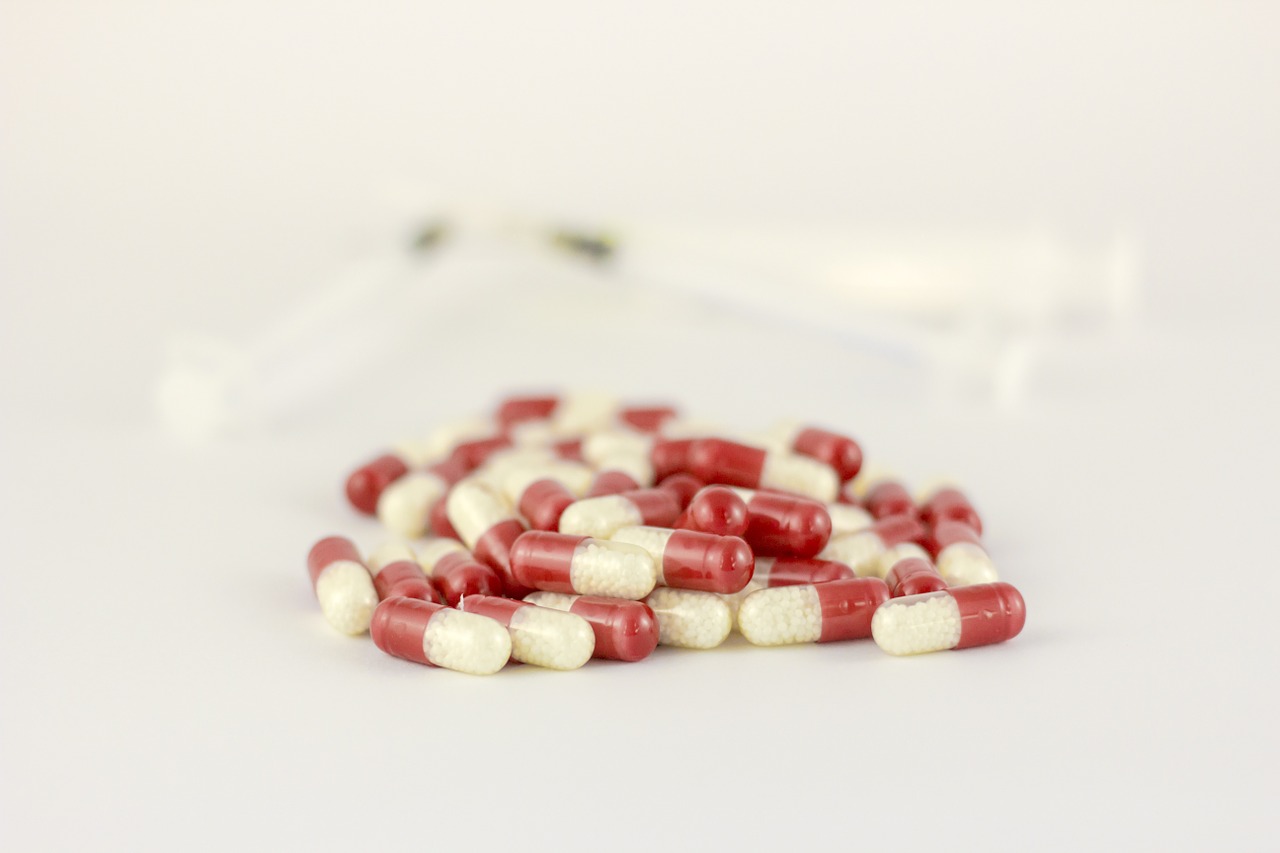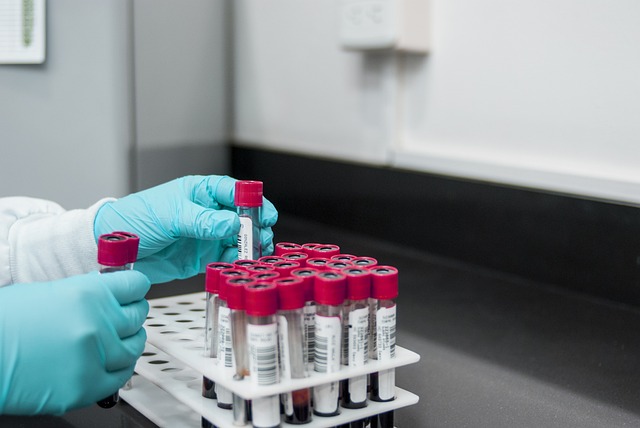Podcast: Play in new window | Download (Duration: 11:54 — 10.9MB) | Embed
Bempedoic acid, also known as Nexletol, is a once-daily medication used in lipid management. I discuss its pharmacology, side effects, and much more on this podcast episode.
Bempedoic is a once-daily medication that doesn’t need to be titrated. Standard dosing is 180mg once daily which can be taken with or without food.
What are the most common side effects of bempedoic acid? One of the most notable adverse effects is hyperuricemia. This is usually seen within the first 4 weeks of being on the medication but could happen throughout the treatment.
Tendon problems can happen as well, especially in patients who are greater than 60 years old, on fluoroquinolones, have renal failure, or are taking corticosteroids.
If Bempedoic acid is taken along with Simvastatin, it is recommended to avoid doses greater than 20mg. This is partly because Bempedoic Acid 180mg along with 40mg of Simvastatin was found to increase Simvastatin AUC by 2-fold. The mechanism of this interaction has yet to be reported. Pravastatin doses greater than 40mg are to be avoided as well due to an increased risk of myopathy. Atorvastatin and Rosuvastatin didn’t have any maximum dose considerations.
Be sure to check out our free Top 200 study guide – a 31 page PDF that is yours for FREE!
Support The Podcast and Check Out These Amazing Resources!
Meded101 Guide to Nursing Pharmacology (Amazon Highly Rated)
Guide to Drug Food Interactions (Amazon Best Seller)


